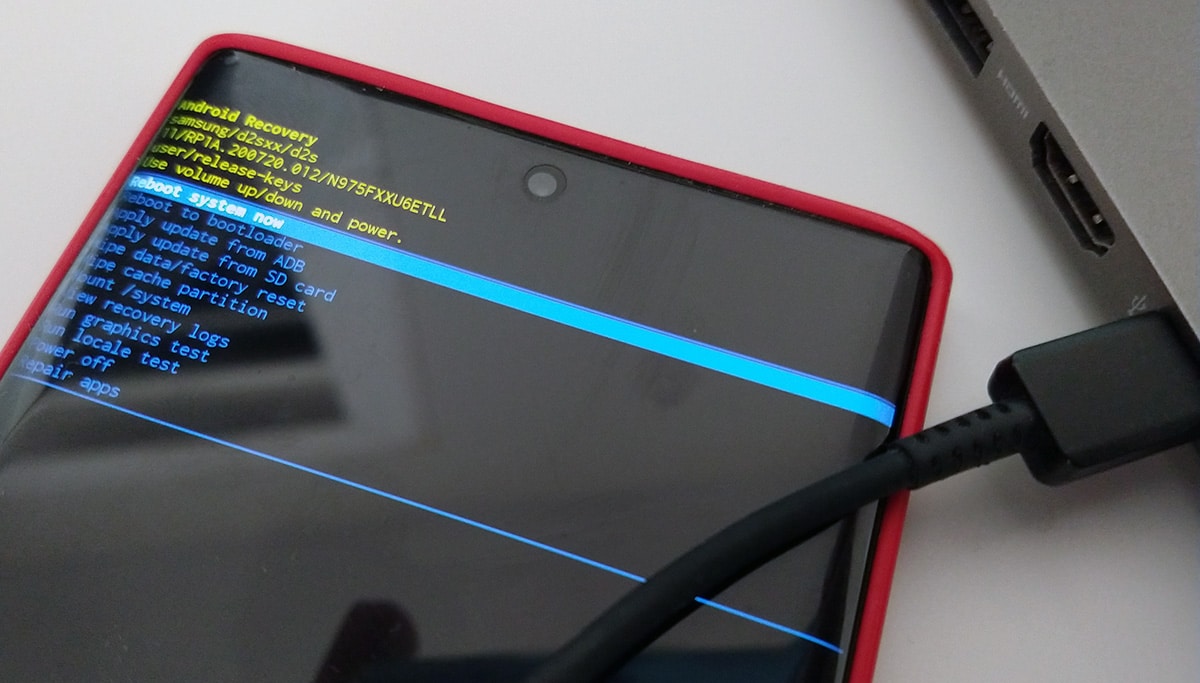
Released in February with Android 10, el Xiaomi Mi 10 you are now welcoming Android 11 in its stable beta form. This high-ranking flagship smartphone has already received past updates of said OS version, but in unstable beta phase.
The device already has stable Android 11 in China, while in India, which is where some selected users are now getting the stable Android 11 beta, and in other parts of the world they are waiting for a final OTA. The good thing is that things seem to be speeding up, so it is possible that before the end of the year the Mi 10 will already get Android 11 stable -and not in beta- globally.
The stable beta of Android 11 expands in the Mi 10 of Xiaomi
As reported by the portal Gizmochina, the new firmware package arrives on the Mi 10 in India under the build number V12.2.2.0.RJBINXM and is currently in the stable beta phase. Fortunately, not all units of the smartphone have received it; They are just some users who have received this update, and this is because the Chinese manufacturer wants to verify that the update works correctly, and then expand it to more users.
There is no changelog about the update at the moment, at least not an official one that has been announced by Xiaomi. Similarly, with this update to Android 11 for the Mi 10 the device should enjoy a lot of improvements at the interface level and other sections.

The Xiaomi Mi 10 is a premium high-end terminal that boasts a 6.67-inch Super AMOLED screen with a FullHD + resolution of 2.340 x 1.080 pixels -which results in a 19.5: 9 display format- and a refresh rate of 90 Hz; here it should be noted that the panel is curved on the sides and that there is a hole in the screen that serves as a cave for a 20 MP resolution selfie shooter, which consists of an f / 2.0 aperture.
The rear camera system of this high-performance smartphone is quadruple and consists of a main lens with 108 MP resolution, which also boasts an f / 1.7 aperture and features such as PDAF and OIS. The sensors that accompany this camera are a 13 MP wide angle with f / 2.4 aperture, a 2 MP macro with f / 2.4 aperture and a 2 MP shutter with aperture that is also f / 2.4.
The processor chipset that is under the hood of this terminal is the very powerful Qualcomm Snapdragon 865, a piece that is capable of working at a maximum clock frequency of 2.84 GHz and is built in a 7-nanometer process. Currently this mobile platform already has a successor, which is the Snapdragon 888. However, it is one of the most powerful on the market, so the performance of this smartphone is enviable.

We also have to mention that Xiaomi's flagship has a RAM of 8 or 12 GB of the LPDDR5 type and a UFS 3.0 internal storage space of 128 or 256 GB capacity. The battery, on the other hand, consists of a size of 4.780 mAh, which is enough to provide about 7 or 8 hours of active screen without any problem. It has support for 30W fast charging through a USB Type-C cable port. Other features include an on-screen fingerprint reader.
Xiaomi Mi 10 data sheet
| XIAOMI MI 10 | |
|---|---|
| SCREEN | 6.67-inch Super AMOLED with FullHD + resolution of 2.340 x 1.080 pixels and 90 Hz refresh rate |
| PROCESSOR | Qualcomm Sapdragon 865 2.4 GHz max. |
| RAM MEMORY | 8 / 12 GB |
| INTERNAL MEMORY | 128 / 256 GB |
| REAR CAMERA | 108 MP + 13 MP + 2 MP + 2 MP |
| FRONTAL CAMERA | 20 MP |
| DRUMS | 4.780 mAh capacity with 30 W fast charging technology |
| OTHER FEATURES | Fingerprint reader under the screen |
